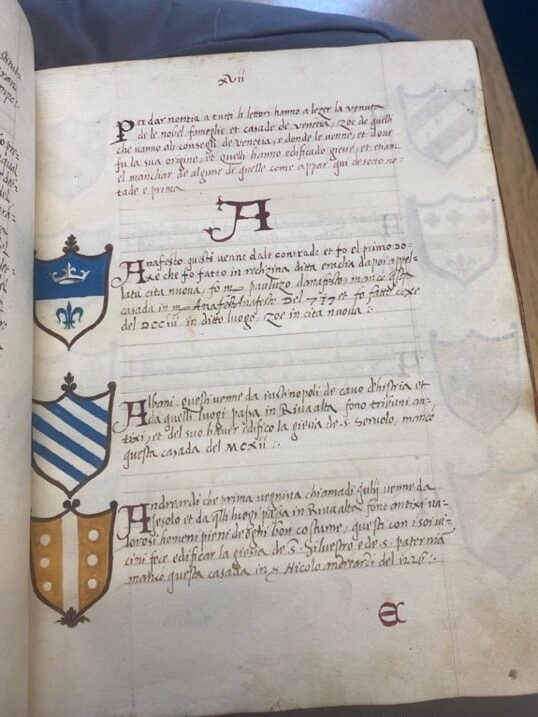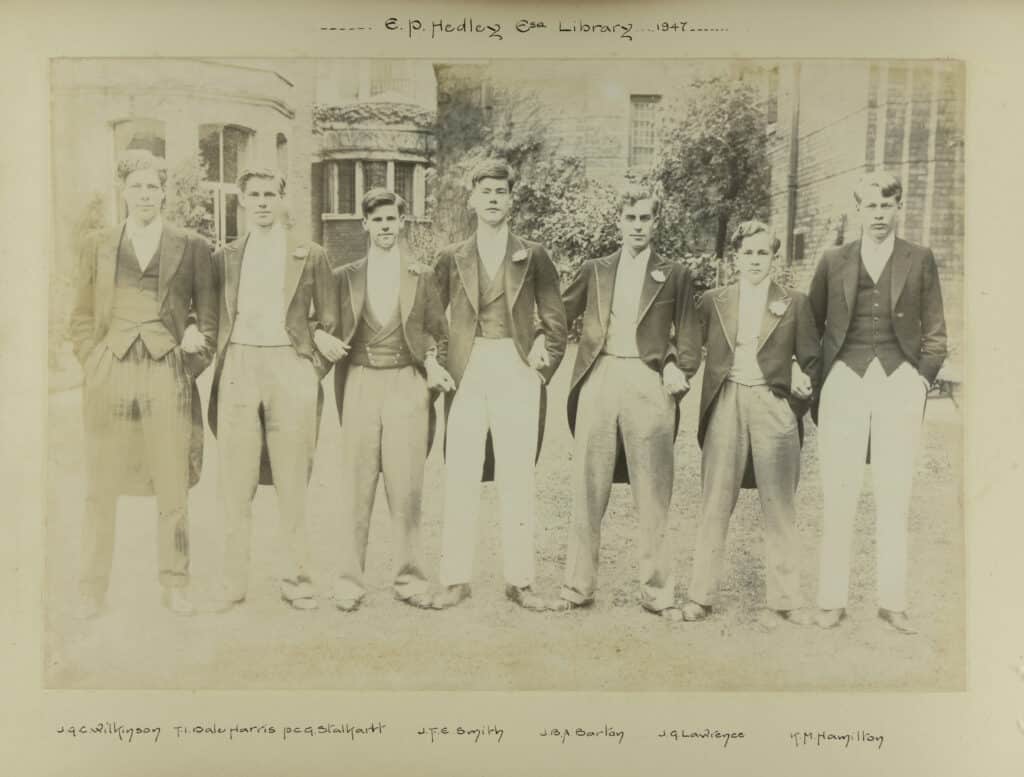When a collection is as vast as that at Eton College, it becomes increasingly difficult to remember granular details about each individual item. This is how (re)discoveries are made, and sometimes they concern forgotten objects preserved within the pages of books. Here is a selection of unexpected finds from College Library holdings.
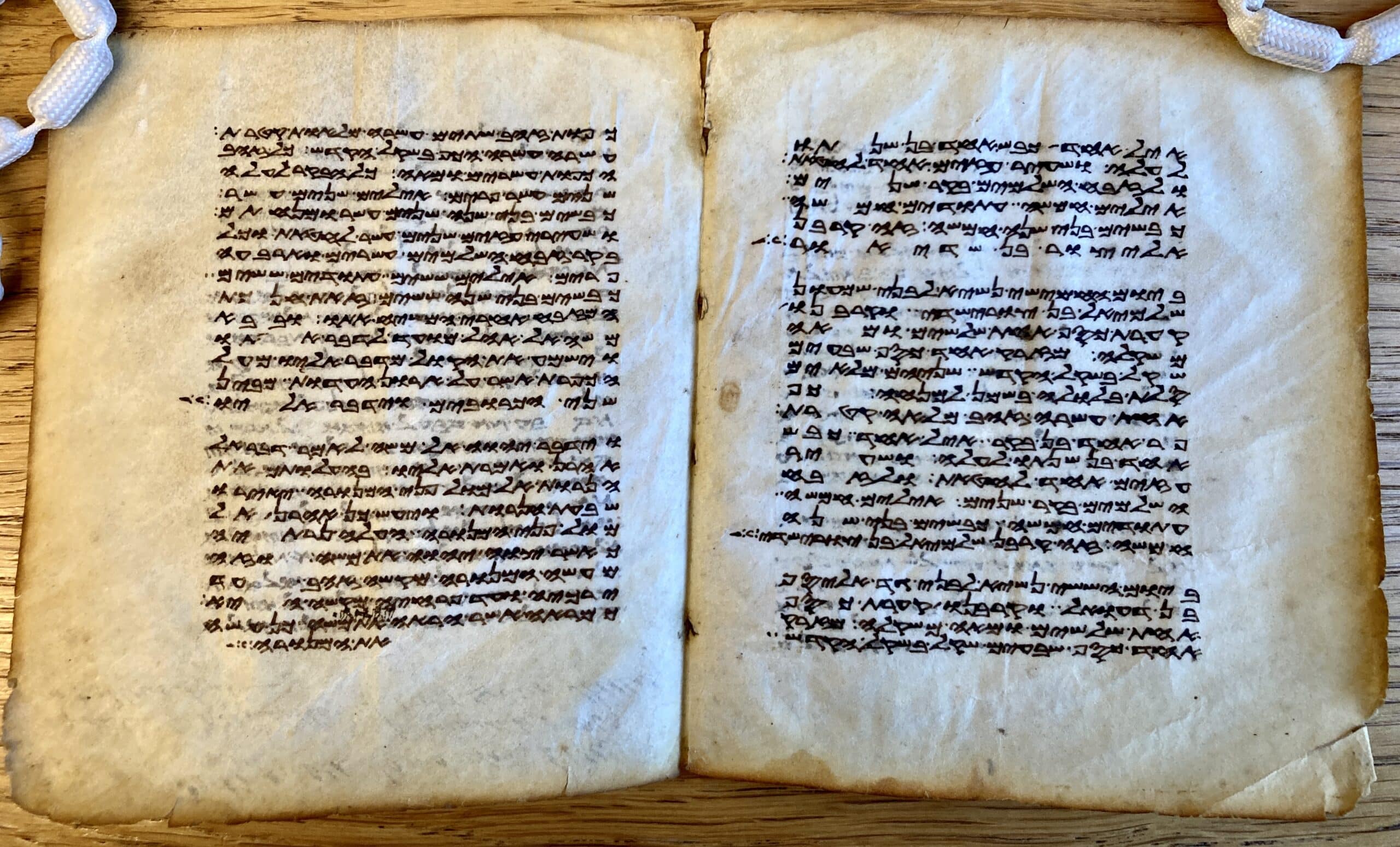
Souvenir in classical book
The surprise: this piece of parchment was originally part of a Samaritan Torah made in 14th-century Palestine, now at the Bibliothèque nationale de France. A note added upside down suggests that this fragment had been donated by Jacob esh-Shelaby, a well-known nineteenth-century figure who spent time in London giving lectures on the Samaritans and selling many Samaritan manuscripts. It is unknown why it was kept inside this book.
The host volume: this is a copy of the works by Statius, a Latin playwright who wrote comedies set in ancient Greece. It was printed in 1519 by Aldo Manuzio, a Venetian humanist famous for inventing the italic typeface and promoting the printing of books in portable format.
ECL MS 229 and Gk.6.21
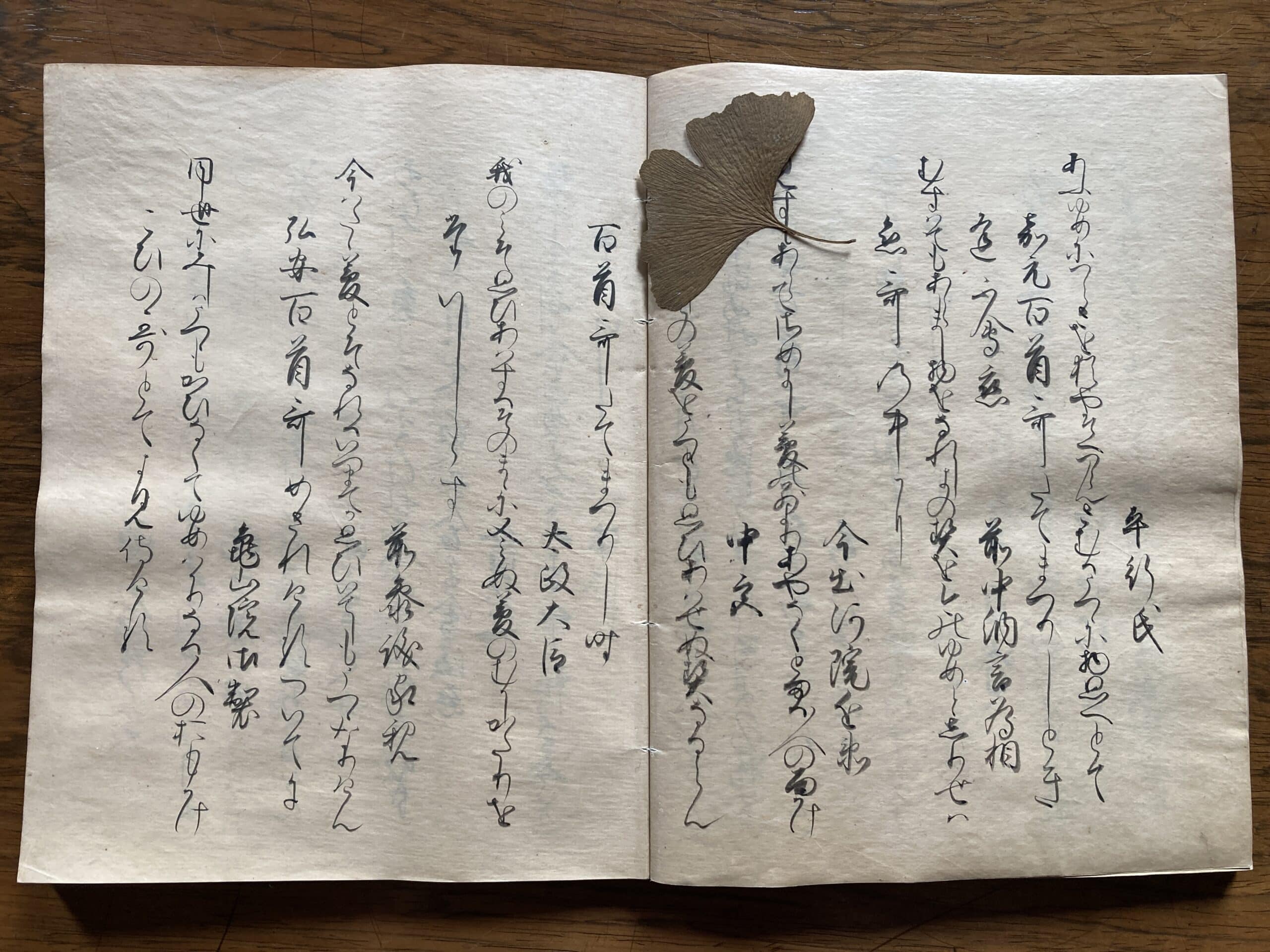
Nature’s bookmark
The surprise: a leaf of ginko biloba tree was inserted among the pages of this volume, perhaps as a way to preserve the plant or mark this particular opening.
The host volume: this is one of 39 volumes copied in the late nineteenth or early twentieth century. They contain an anthology of Japanese poetry called Nijuishidaishu, or ‘Collection of the 21 eras’, after the different imperial commissions of these poems since the Heian period (794-1185 AD). The text is hand-written: while in western Europe the printing press gradually displaced manuscript culture during the sixteenth century, Japan saw the co-existence of these two media until the modern age.
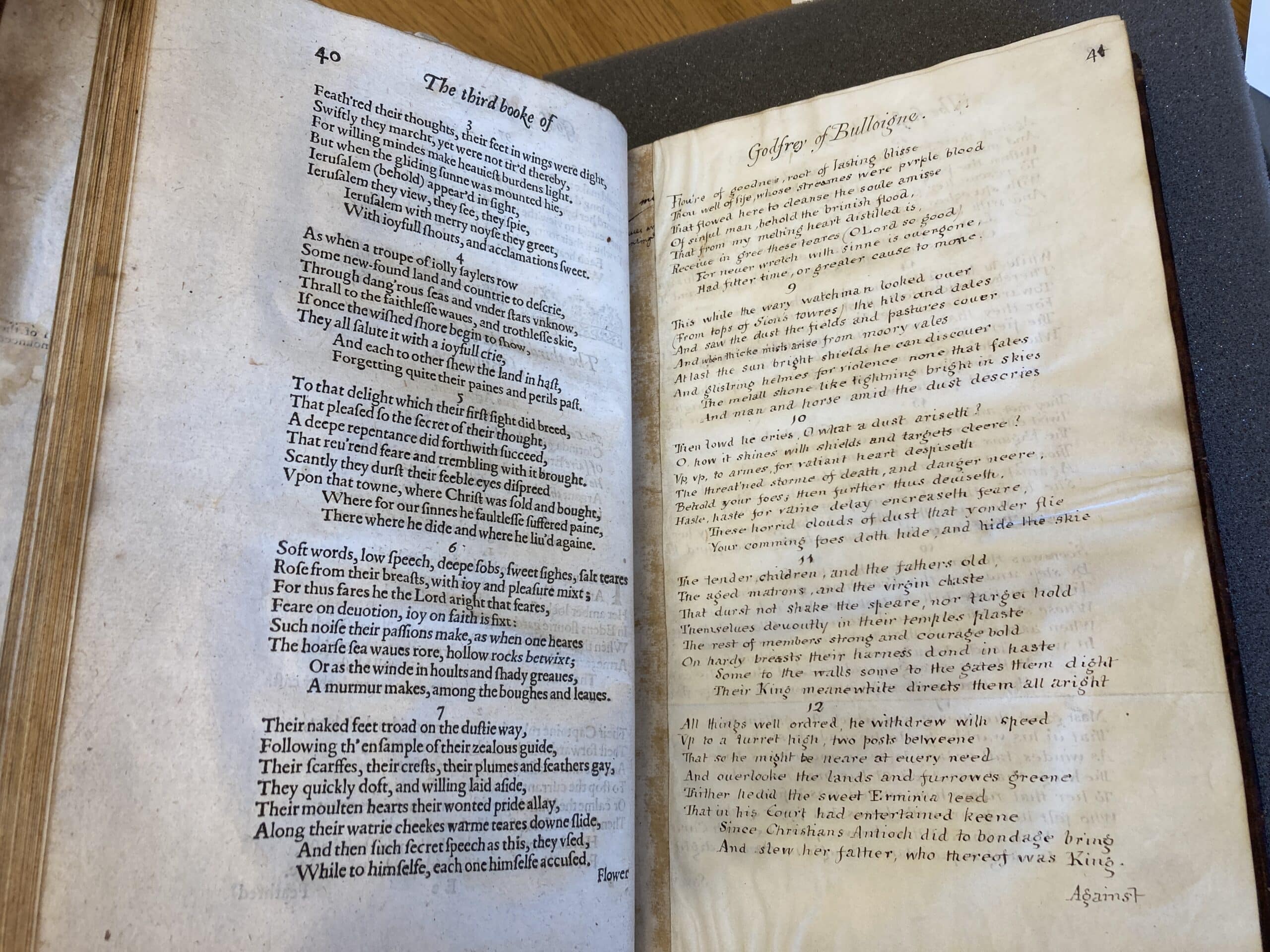
The perfect copy?
The surprise: in the late eighteenth century, readers and collectors were after books that were “perfect”, clean copies of texts. Often, however, books presented defects or signs of earlier ownership: in this volume, for instance, there seems to have been a few pages with annotations. As these pages were cut off the book and replaced with handwritten text on parchment, we can only assume that one of its owners preferred to replace the printed text than seeing someone else’s notes.
The host volume: this is an English translation of a famous Italian epic called Gerusalemme Liberata, or ‘Freed Jerusalem’. It was originally published in 1581, and offers a fictional retelling of the struggle between Christians and Muslims during the first Crusade. It was written by Torquato Tasso, an Italian poet so admired that the Pope intended to crown him ‘the king of poets.’ Unfortunately, Tasso died a few days before he could receive the honour.
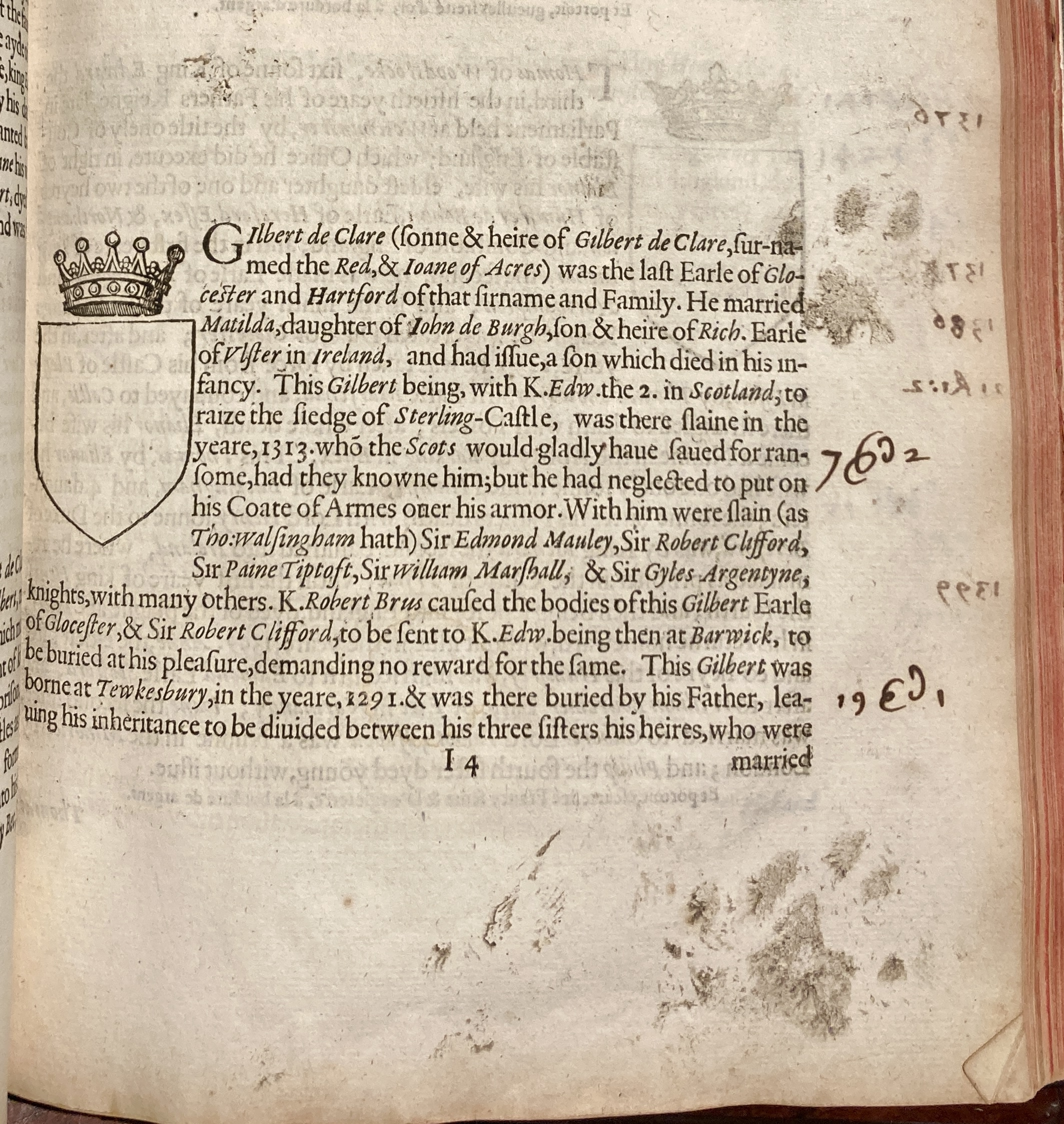
Unhelpful assistant
The surprise: it was not unusual for pre-modern readers, printers, and scribes to work in environments where there were small animals. Here a cat with muddy paws walked over this heavily annotated book, perhaps to demand the attention of its reader.
The host volume: this is a catalogue of the coats of arms of English royalty and nobility, from the Norman Conquest to the year of publication of the volume, 1619. These symbols were used to identify and legitimise individuals and their families, and is now a popular subject of study.
ECL Gl.5.02
Charlie Barranu, Assistant Librarian


